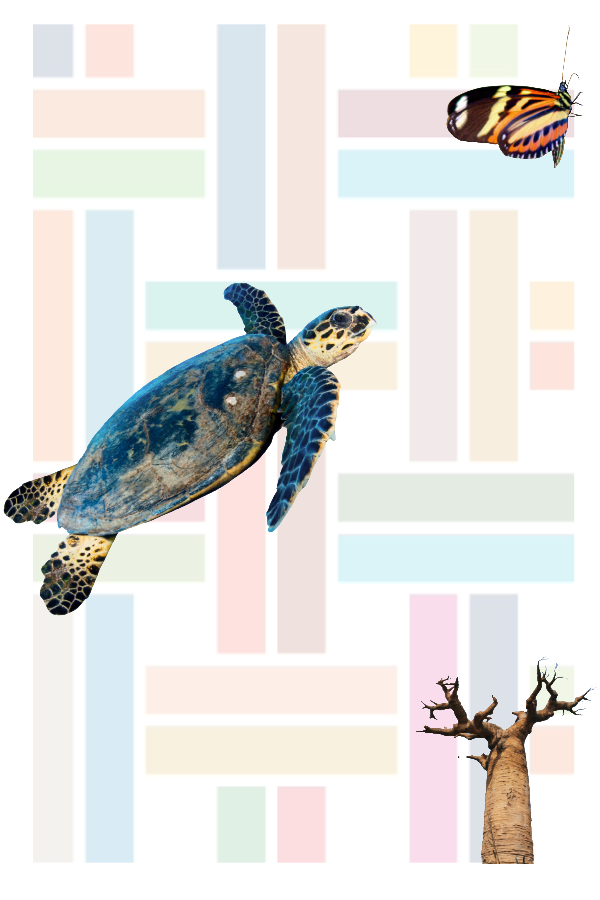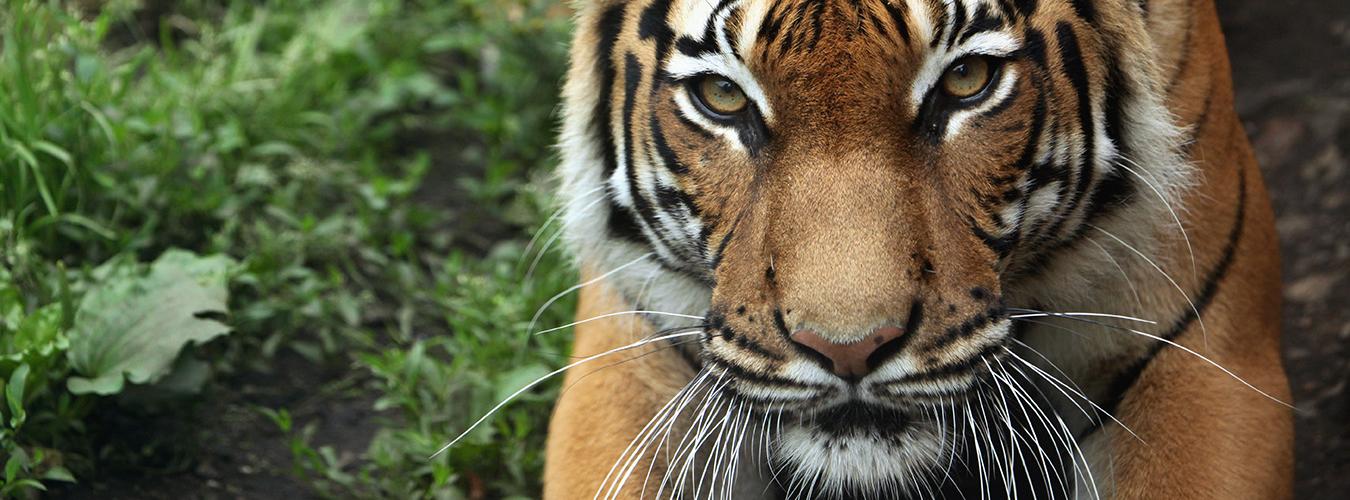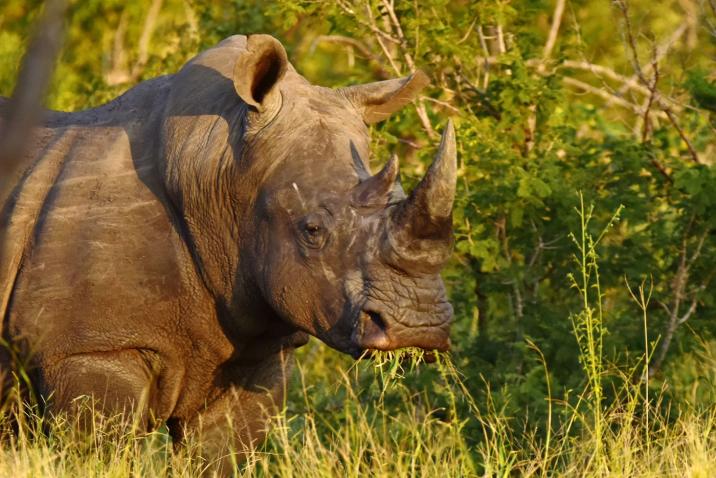Harmony with nature and sustainable development
As the global community is called to re-examine our relationship to the natural world, one thing is certain: despite all our technological advances we are completely dependent on healthy and vibrant ecosystems for our water, food, medicines, clothes, fuel, shelter and energy, just to name a few.
This involves respecting, protecting, and repairing our biological wealth.
In December 2022, the world came together and agreed on a global plan to transform our relationship with nature. The adoption of the Kunming-Montreal Global Biodiversity Framework, sets 23 targets for 2030 and 5 global goals for 2050 to stop and reverse the loss of nature in 25 years. Among its goals: restore 20% of degraded ecosystems and reduce the introduction or settlement of invasive alien species by 50%.
This International Day for Biological Diversity, under the theme “Harmony with nature and sustainable development”, highlights how this plan for nature connects with the Sustainable Development Goals (SDGs), showing that both agendas must advance together as they support one another.
This campaign also aims to instill a sense of urgency. We must act now. By 2025, only five years will remain to meet both the near-term targets of the Global Biodiversity Framework and the SDGs.

What do the Global Biodiversity Framework and the Sustainable Development Goals have in common?
The Convention on Biological Diversity (CBD) is responsible for the observance of the International Day and serves as the UN instrument for the protection of biodiversity. Through its website, the CBD provides promotional tools available in multiple languages. Among them, this interactive page that explores the connection between the GBF (Global Biodiversity Framework) and the Sustainable Development Goals.
When biodiversity has a problem, humanity has a problem
Biological diversity is often understood in terms of the wide variety of plants, animals and microorganisms, but it also includes genetic differences within each species — for example, between varieties of crops and breeds of livestock — and the variety of ecosystems (lakes, forest, deserts, agricultural landscapes) that host multiple kind of interactions among their members (humans, plants, animals).
Biological diversity resources are the pillars upon which we build civilizations. Fish provide 20 per cent of animal protein to about 3 billion people. Over 80 per cent of the human diet is provided by plants. As many as 80 per cent of people living in rural areas in developing countries rely on traditional plant‐based medicines for basic healthcare.
But loss of biodiversity threatens all, including our health. It has been proven that biodiversity loss could expand zoonoses - diseases transmitted from animals to humans- while, on the other hand, if we keep biodiversity intact, it offers excellent tools to fight against pandemics like those caused by coronaviruses.
While there is a growing recognition that biological diversity is a global asset of tremendous value to future generations, the number of species is being significantly reduced by certain human activities. Given the importance of public education and awareness about this issue, the UN decided to celebrate the International Day for Biological Diversity annually.
Did you know?
- Current negative trends in biodiversity and ecosystems will undermine progress towards 80% of the assessed targets of 8 Sustainable Development Goals.
- Three-quarters of the land-based environment and about 66% of the marine environment have been significantly altered by human actions.
- 1 million animal and plant species are now threatened with extinction.
Share!

You can show support for biodiversity by using the official logo in languages and other materials and sharing them on social media, videos, emails, and more!




